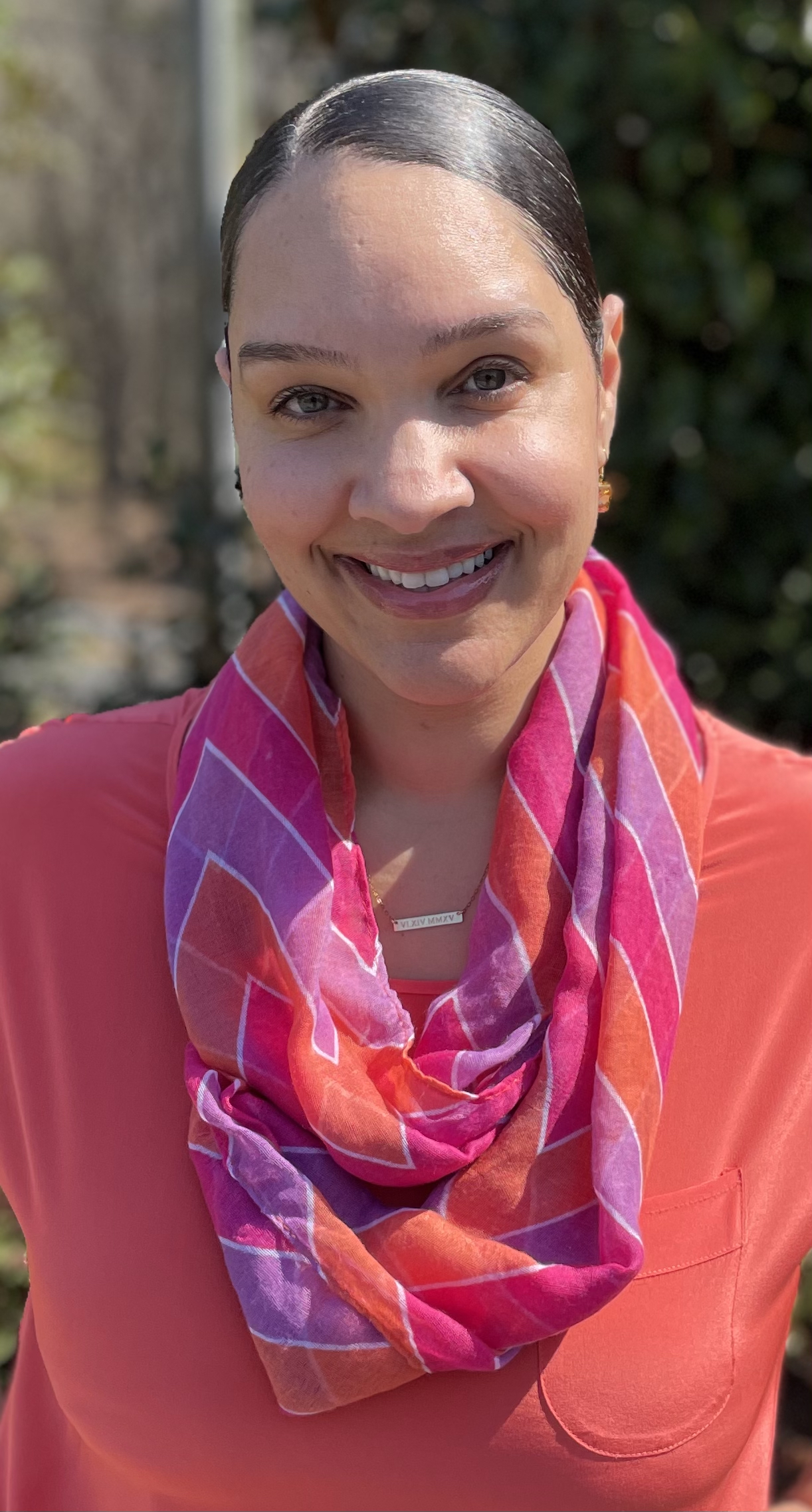When schools had to shift to distance learning due to COVID-19, UMBC’s Keisha McIntosh Allen, assistant professor of language and literacy education, and Kindel Turner Nash, associate professor of education, witnessed their own children face an incredibly challenging new reality. Like many of their peers in Baltimore City Public Schools, they experienced an overwhelming sense of isolation and a disconnect with the learning process in this new virtual environment.
Everything had changed, the researchers note, yet schools were attempting to move forward without the time and space to address the technological, social-emotional, economic, and health challenges teachers and students were experiencing.
“It was hard to see our children who normally are excited and engaged become withdrawn and disengaged,” shares Allen. “It was frustrating to everyone on the research team to hear about how Kindel’s kids lost a sense of direction they had before because there was no plan for equitably translating face-to-face instruction to the virtual space during a global crisis.”
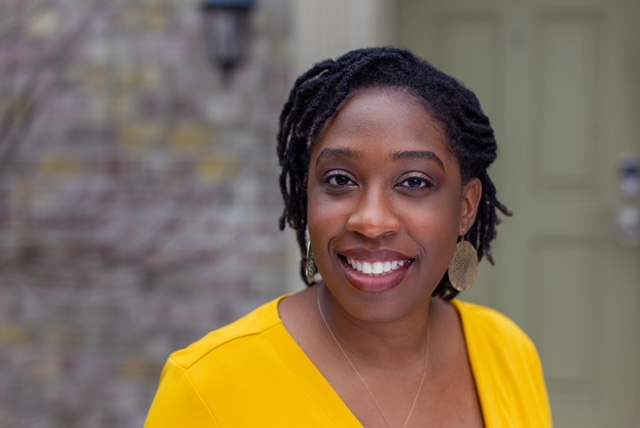
Allen and Nash took action. They developed a 15-month research project, ”Teaching through Coronavirus: Toward Cultivating Urgent Humanizing Distance Learning (HDL) Pedagogies,” with collaborators Sakeena Everett, assistant professor of education at the University of Georgia; and Kyla Thomas, independent educational consultant. The project received over $150,000 from the U.S. Department of Education Governors Emergency Education Relief Fund.
Knowledge sharing
“We knew that there were other parents and educators having the same challenges,” explains Nash. “But we also knew that there were many teachers who were naturally doing this humanizing work. It was about gathering that knowledge, sharing it, and putting it to action.”
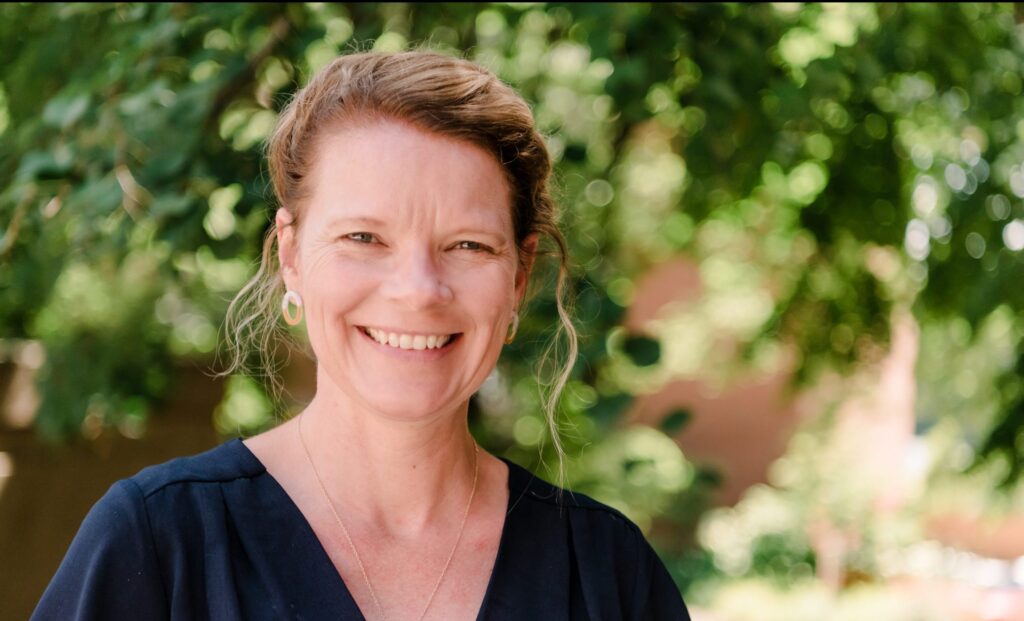
The research project is designed as a professional development training for 100 Baltimore City Public School teachers. It seeks to help them create or extend humanizing practices in their current classrooms. The diverse group of teachers participating is interested in reclaiming their classrooms as centers of connectedness, emotional wellbeing, and learning based on a commitment to critical social justice-oriented teaching.
“Humanizing pedagogy is a daily practice of transformation,” explains Everett. “It creates the conditions for all students to achieve at their highest potential by learning about and using their myriad linguistic, cultural, and familiar resources.”
Rethinking a disconnected system
Similar to how Allen and Nash witnessed their own children’s isolation, the research team also found that the 100 teachers who signed up to participate were feeling disconnected and overwhelmingly alone. This was especially the case for teachers of color working in a system shaped by structural inequalities and racism. On top of this, the teachers’ own communities and their students’ communities were highly affected by COVID-19.
The pandemic exacerbated the existing health, economic, and educational inequalities caused by structural racism, the teachers found. Some students had to manage work, home responsibilities, or caring for family members. This was all in addition to participating in online class and completing schoolwork in a limited space. Often those responsibilities conflicted with strict school schedules, creating more learning and social opportunity gaps, especially for students of color.
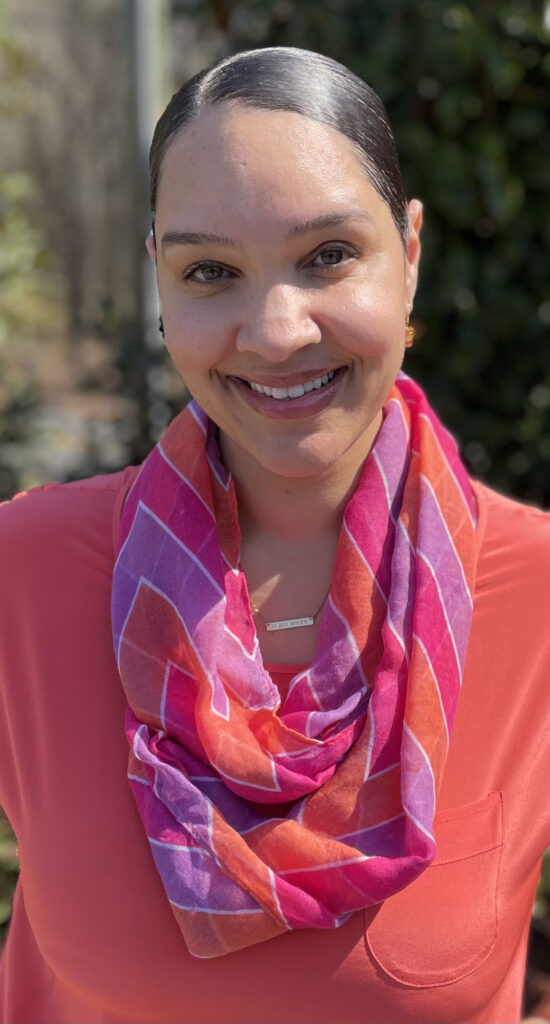
Thomas shares that teachers may have been aware of these hardships but may not have known of how to best support their students and themselves. She believes this is the perfect time to create a different approach to distance learning, and to teaching more broadly.
At the center of humanizing pedagogy is freedom from oppression and agency, Thomas explains. “We need to ask ourselves, what are we learning from this, what can we build, what are we doing to help students connect more authentically in a learning environment?” she says. “The shift to distance learning may not be ideal, but it does offer an opportunity for change in how we teach and learn regardless of setting.”
Humanizing research
As teacher-educator-researchers, Allen, Nash, Everett, and Thomas were intentional in embodying humanizing pedagogies as they designed and implemented each phase of their virtual research project. The first phase of the project was anchored in creating collaborative spaces for teachers with the most experience in HDL pedagogies to share their knowledge so that other educators could learn from them.
“The team believes that by learning from teachers as they teach through COVID-19, they will move closer to ultimately disrupting educational inequities and reimagine a healthy, liberating, student-centered vision of teaching youth of color,” says Everett.
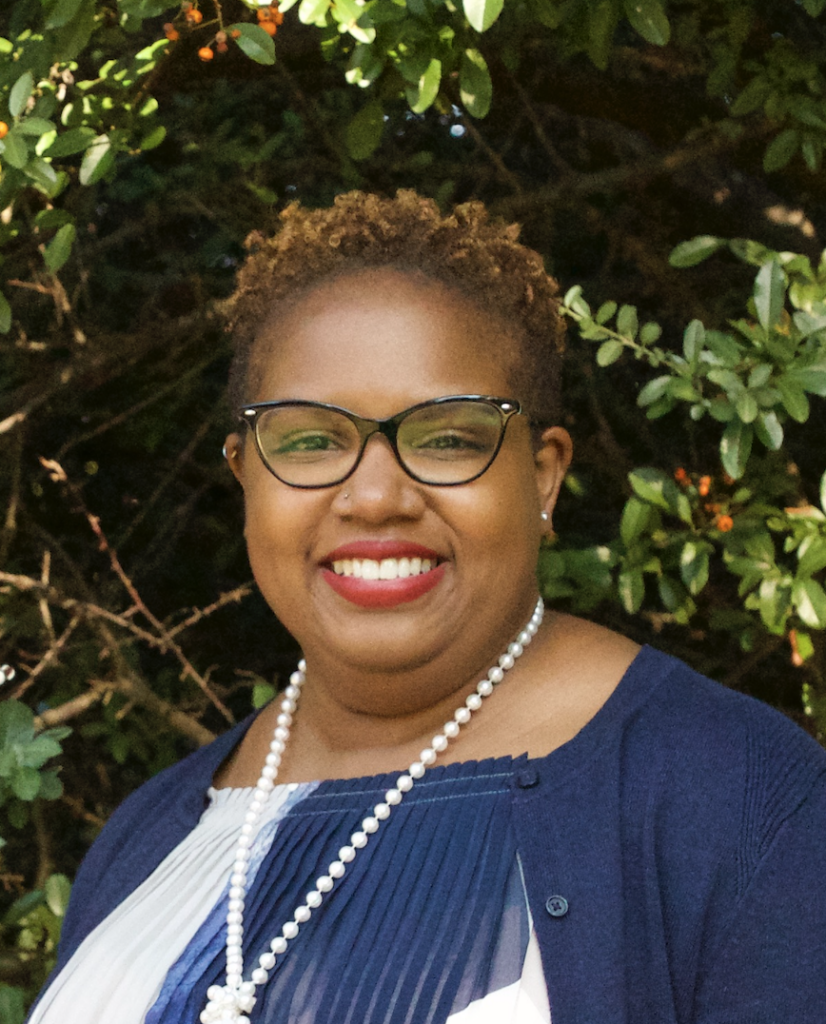
The other project phases delved deep into a continuous cycle of learning, implementation, reflection, sharing, and listening.
The team wanted the professional training itself to mirror what a classroom would look like if HDL pedagogies were practiced. To do this they created small virtual pods of ten teachers. Each group included teachers from all grade levels and teaching experiences. Within each pod some teachers were new to humanizing pedagogy. Others had some familiarity or significant experience with HDL pedagogies. The advanced teachers, all but one of whom are teachers of color, co-facilitated the pods along with one of the researchers.
“We value the humanizing practices that are often embedded in the teaching practices of Black teachers,” explains Allen. “This is an opportunity for them to lead and share their knowledge, which is often overlooked by teacher evaluations that do not acknowledge these approaches to teaching.”
Opening space for agency
The researchers also wanted to value the teachers’ commitment to the project. The professional development met all requirements for Baltimore City Public School teachers to earn six Achievement Units. These units accrue over a teacher’s career and create opportunities for them to advance along career pathways.
From beginning to end, the researchers share, they’ve designed their project to value teachers’ knowledge. Their goal is to demonstrate how teachers working together can create research-based solutions informed by teaching experience to better serve their students. Every step was a joint effort.
“It starts with how we as educators and researchers interact with each other and open space for agency,” says Nash. Seeing how teachers then express their agency to make changes in their classrooms is powerful to watch, she shares. “One of the teachers I worked with asked her principal to change her schedule because the current schedule didn’t meet the needs of her students. The principal changed it.”
Maximizing learning
Another benefit of the HDL professional development program is creating a vast peer support network for teachers in Baltimore City. They exchange ideas, expertise, and listen to each other’s challenges. They know that they are not alone even if they could not be together physically.
Radia Michael ‘20, global studies and mathematics, and M.A.T. ’21, mathematics education, is a project participant whose perspective on distance learning and online teaching tools changed through engaging with other teachers. Michael is one of seven UMBC students in the Sherman STEM Teacher Scholars Program to receive the training. Before this training, Michael felt the virtual environment would limit their ability to have engaging lessons and connect with students. HDL has helped them to think creatively about how they can teach online in a culturally relevant way.
“At the end of the day, technology serves as a tool. We can use it to recognize students’ full humanity,” says Michael.
Ultimately, HDL “is not a scripted curriculum. It is a lifestyle where we assume the best of our students,” shares Everett. “We are trying to find opportunities to maximize their potential and learning. It is a daily practice of freedom.”
Banner image: Person working on a laptop. Stock image. Mobile technology Photo by WOCinTechChat, CC BY 2.0
Tags: CAHSS, cahssresearch, diversityandinclusion, Education

